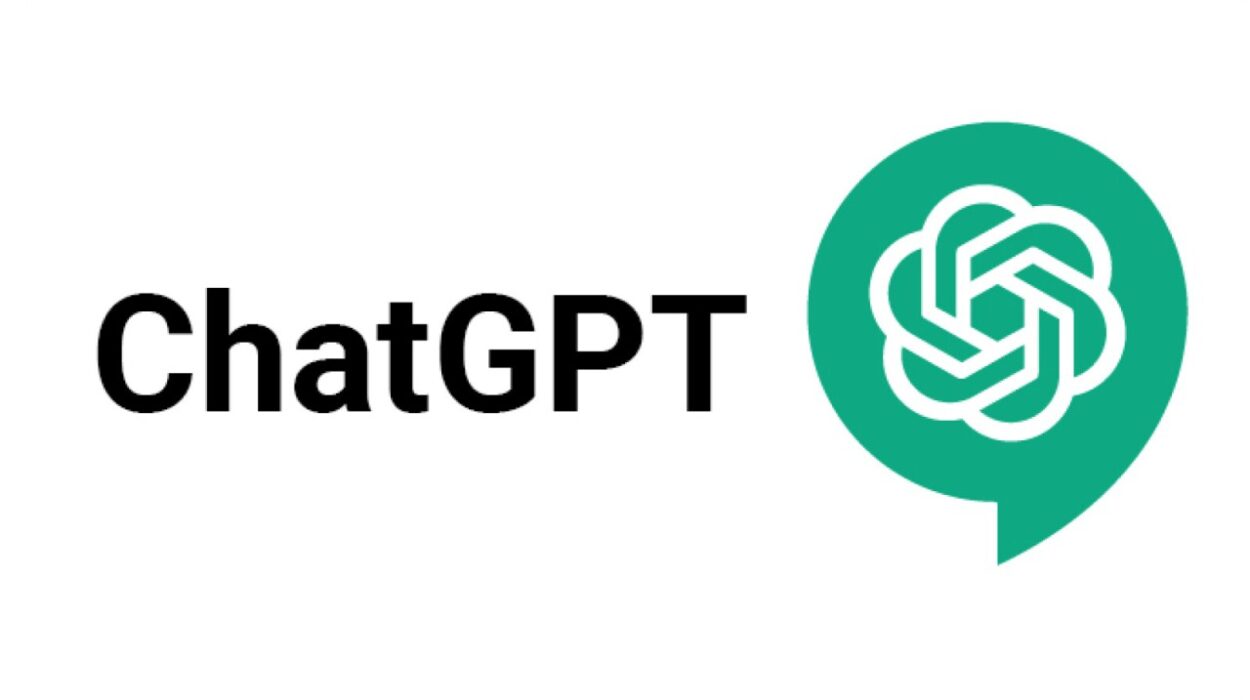It’s not an overstatement to say we are living in one of the most transformative periods in human history. Artificial Intelligence, once the subject of science fiction and academic speculation, is now woven into the fabric of everyday life. It powers the search engines we use, the recommendations we see on streaming platforms, the voice assistants in our homes, and the algorithms that help doctors detect diseases earlier than ever. From self-driving cars to creative AI models that can compose music or generate realistic images, the age of AI is here — and it’s only just beginning.
For those standing on the outside, watching this wave of innovation crest, the allure of joining the AI revolution can feel both thrilling and intimidating. You might ask yourself: Where do I even start? How do I, someone with no prior experience, carve a path into one of the most complex, rapidly evolving fields in existence?
The good news is that while AI is built on intricate mathematics, vast datasets, and advanced computing, the journey into this field does not require you to be a genius from birth. It requires something more enduring: curiosity, persistence, and a roadmap that transforms your interest into real expertise.
This is that roadmap.
Understanding What AI Really Is (and What It Isn’t)
Before setting foot on the AI career path, it’s important to untangle what AI actually means. The term “Artificial Intelligence” is often misused, either hyped up into visions of all-powerful sentient robots or downplayed into nothing more than clever coding tricks. The truth lies somewhere between.
At its core, AI is about creating systems that can perform tasks which, if a human did them, we would say require intelligence. This could mean recognizing images, understanding speech, translating languages, predicting future trends, or even playing complex games.
AI is a broad umbrella, under which several major subfields exist:
- Machine Learning (ML): Teaching computers to learn from data rather than following explicit instructions.
- Deep Learning: A subset of ML inspired by the structure of the human brain, using artificial neural networks to process massive amounts of information.
- Natural Language Processing (NLP): Enabling machines to understand and generate human language.
- Computer Vision: Giving machines the ability to see, interpret, and act on visual information.
- Robotics: Integrating AI into physical machines that can interact with the physical world.
Understanding these domains doesn’t mean you must master them all at once. But knowing the landscape helps you identify which areas spark your passion — and that spark will be your compass through the sometimes challenging terrain ahead.
The Mindset That Makes an AI Career Possible
Before diving into technical skills, we need to talk about mindset. In AI, technologies change faster than textbooks can keep up. A tool that’s cutting-edge today might be obsolete in three years. That means your greatest advantage isn’t memorizing a fixed set of methods — it’s developing the ability to adapt, learn, and solve problems creatively.
This is why resilience is a cornerstone of success in AI. Early on, you will hit walls. You will try to train a model that simply refuses to work, debug errors that make no sense, and wrestle with abstract math that leaves you feeling lost. In those moments, you must remember that every expert you admire has faced the same frustrations.
Think of your learning process like training an AI model itself: you start rough, make mistakes, adjust your approach, and over time, your “accuracy” improves. You are not aiming to be perfect from the start — you are aiming to continually iterate on your own abilities.
Building Your Foundation: Mathematics and Programming
AI might sound like magic when described in headlines, but beneath the surface it is powered by mathematics and programming. These are the bedrock skills upon which everything else rests.
You do not need a PhD to work in AI, but you do need comfort with certain key areas of math:
- Linear Algebra: The language of vectors and matrices, crucial for understanding how data moves through neural networks.
- Calculus: Especially partial derivatives and integrals, which underpin how models learn by adjusting weights.
- Probability and Statistics: Essential for interpreting data, modeling uncertainty, and understanding algorithms like Bayesian networks.
If you’re rusty on these topics, there’s no shame in starting small. Even 20 minutes a day of focused math review can build momentum over time. The key is to not just memorize formulas, but to connect them to how they are used in machine learning.
Alongside math, programming is your second foundation. Python has become the dominant language in AI thanks to its readability and the enormous ecosystem of AI libraries (like TensorFlow, PyTorch, and scikit-learn). Learning Python doesn’t mean memorizing every command — it means being able to translate an idea in your head into something a machine can execute.
Start with the basics: variables, loops, conditionals, and functions. Then move to working with data structures, importing libraries, and writing small programs that manipulate data. From there, you’ll be ready to start experimenting with AI frameworks.
Learning by Doing: Your First AI Projects
Once you’ve grasped the basics of math and Python, it’s time to get your hands dirty. Reading about AI is valuable, but building something yourself creates a deeper, almost visceral understanding of how it all works.
Your first projects don’t have to be groundbreaking. They just have to be real. Train a simple image classifier to distinguish between cats and dogs. Build a chatbot that answers basic questions. Create a recommendation engine for books or movies based on user ratings.
The point of these early projects isn’t to impress recruiters — it’s to train your brain to think in terms of data, algorithms, and results. You will also develop the habit of researching problems, reading documentation, and asking for help when stuck — all critical skills for a future AI professional.
Choosing Your Path Within AI
As you grow more comfortable, you’ll find that AI is not a single road but a network of interwoven paths. You might be drawn toward:
- Applied AI, where you use existing models and techniques to solve business or social problems.
- Research AI, where you push the boundaries of what AI can do, inventing new algorithms and architectures.
- AI Infrastructure, where you focus on the systems, data pipelines, and hardware that make large-scale AI possible.
The choice often depends on your personality. If you thrive on practical, tangible impact, applied AI might suit you. If you love abstract puzzles and theoretical challenges, research could be your calling. If you’re fascinated by optimization and scale, infrastructure might be your fit.
Building a Portfolio That Opens Doors
In AI, your portfolio often speaks louder than your resume. Employers want to see that you can apply theory to real problems. This means building and documenting projects — not just code, but clear explanations of the problem, your approach, and your results.
Consider publishing your projects on GitHub, accompanied by blog posts that walk through your process. This not only demonstrates your technical ability but also your communication skills — an underrated asset in AI careers, where explaining complex models to non-technical stakeholders is often essential.
Getting Your Foot in the Door
The first AI job is often the hardest to land. You may need to start in adjacent roles, like data analysis or software development, while continuing to build AI expertise on the side. Internships, even unpaid or part-time ones, can be invaluable for getting real-world experience and professional references.
Networking is also a powerful tool. Attend AI meetups, conferences, or online events. Participate in hackathons. Join online forums like Kaggle or specialized AI communities. These connections often lead to opportunities you’d never find on job boards.
Lifelong Learning in a Field That Never Sleeps
Even after you land your first role, your learning journey will never truly end. AI evolves too quickly for anyone to “know it all.” Instead, the goal is to develop a growth habit: following the latest research papers, experimenting with new libraries, taking advanced courses, and continuously challenging yourself with harder projects.
Some professionals eventually specialize deeply in a narrow area, while others become versatile generalists. There’s no single “right” trajectory — only the one that keeps you engaged, challenged, and growing.
The Human Side of an AI Career
In all the talk of algorithms and datasets, it’s easy to forget that AI is, ultimately, about people. The systems you build will influence real lives, whether through healthcare, finance, transportation, or entertainment. This brings both responsibility and opportunity.
Ethical considerations are not side issues — they are core to the profession. Bias in data can lead to discriminatory outcomes. Poorly explained models can undermine trust. As an AI professional, you must learn to see beyond accuracy metrics and think about fairness, transparency, and long-term consequences.
Your Roadmap, Your Story
The path to an AI career is not linear. Some people start as mathematicians, others as artists, others as high school students messing around with code in their bedroom. What they share is a willingness to start, to stumble, and to keep going.
If you feel daunted now, remember: the AI field is still young. There is space for fresh ideas, for people who combine technical skill with creativity, ethics, and empathy. You don’t have to be the smartest person in the room — you just have to be the one who refuses to stop learning.
The moment you take your first step, you are no longer an outsider to AI. You are part of the story of how humans and machines learn to think together. And in a world being rewritten by artificial intelligence, that might just be one of the most exciting roles you can play.






